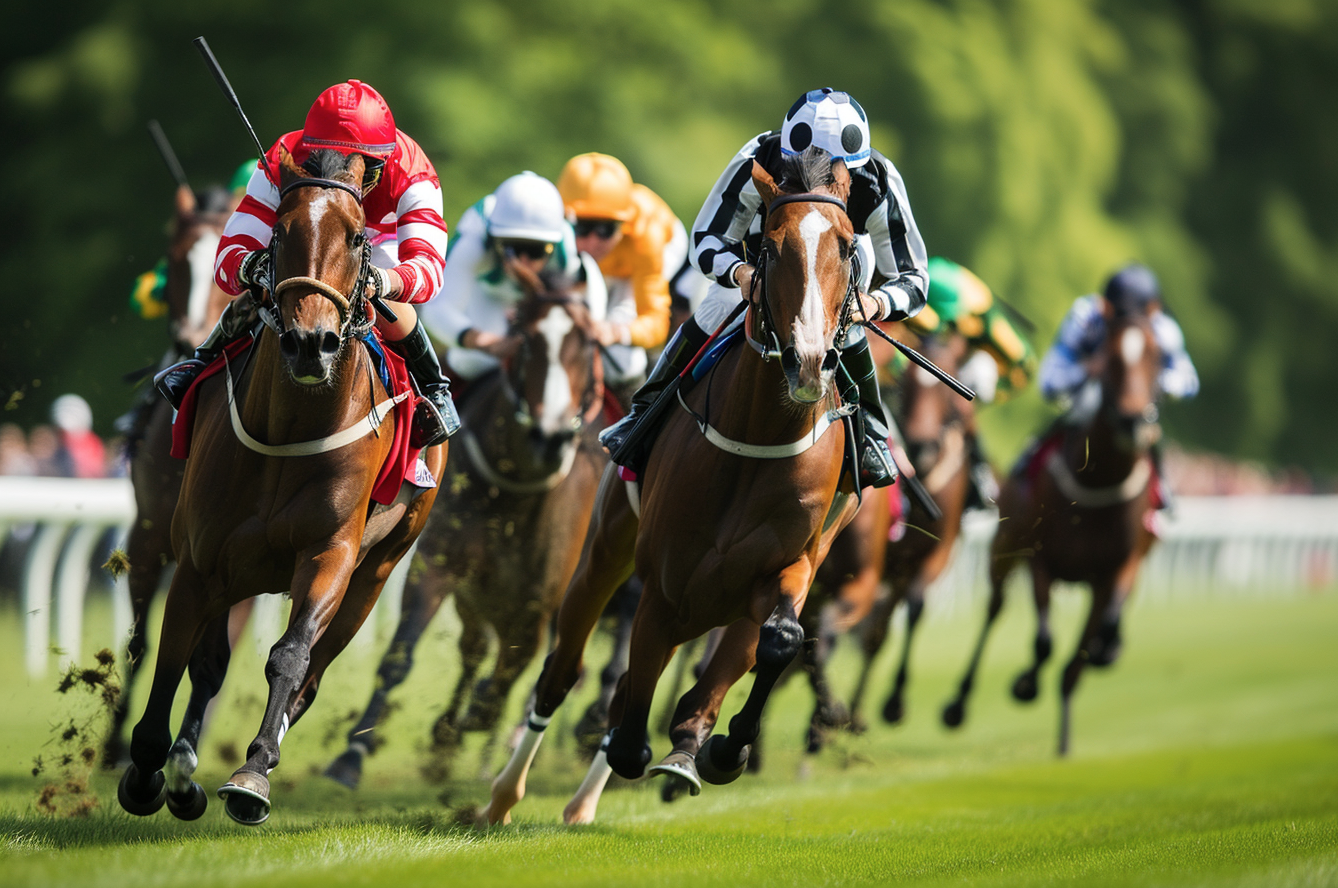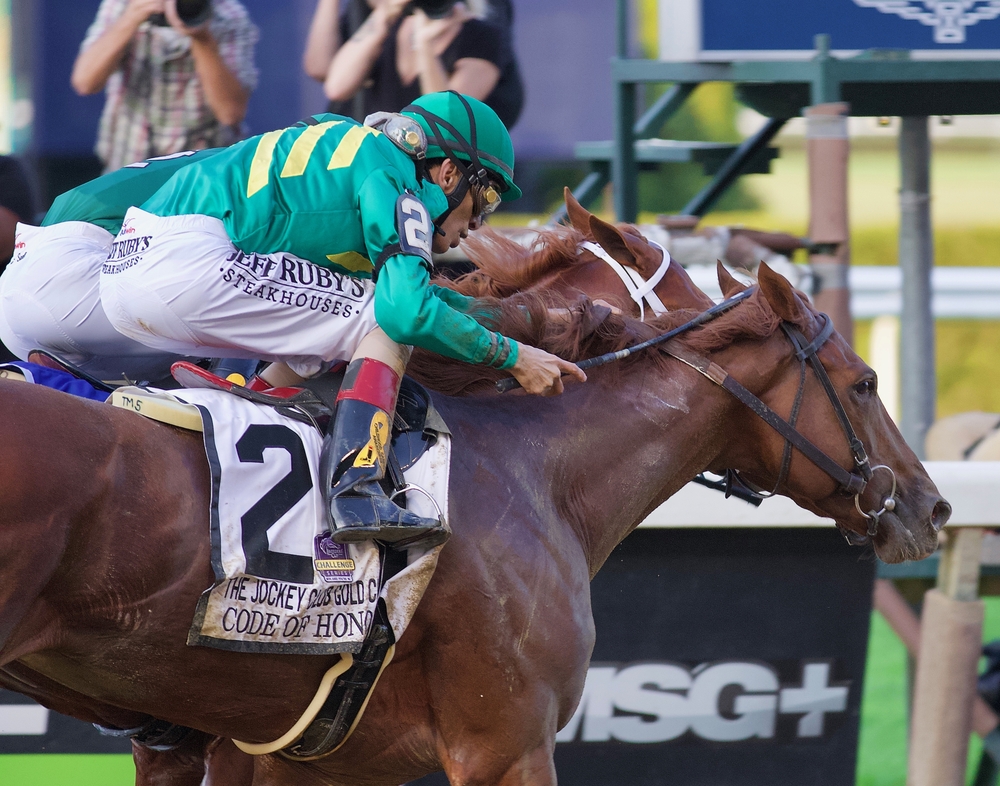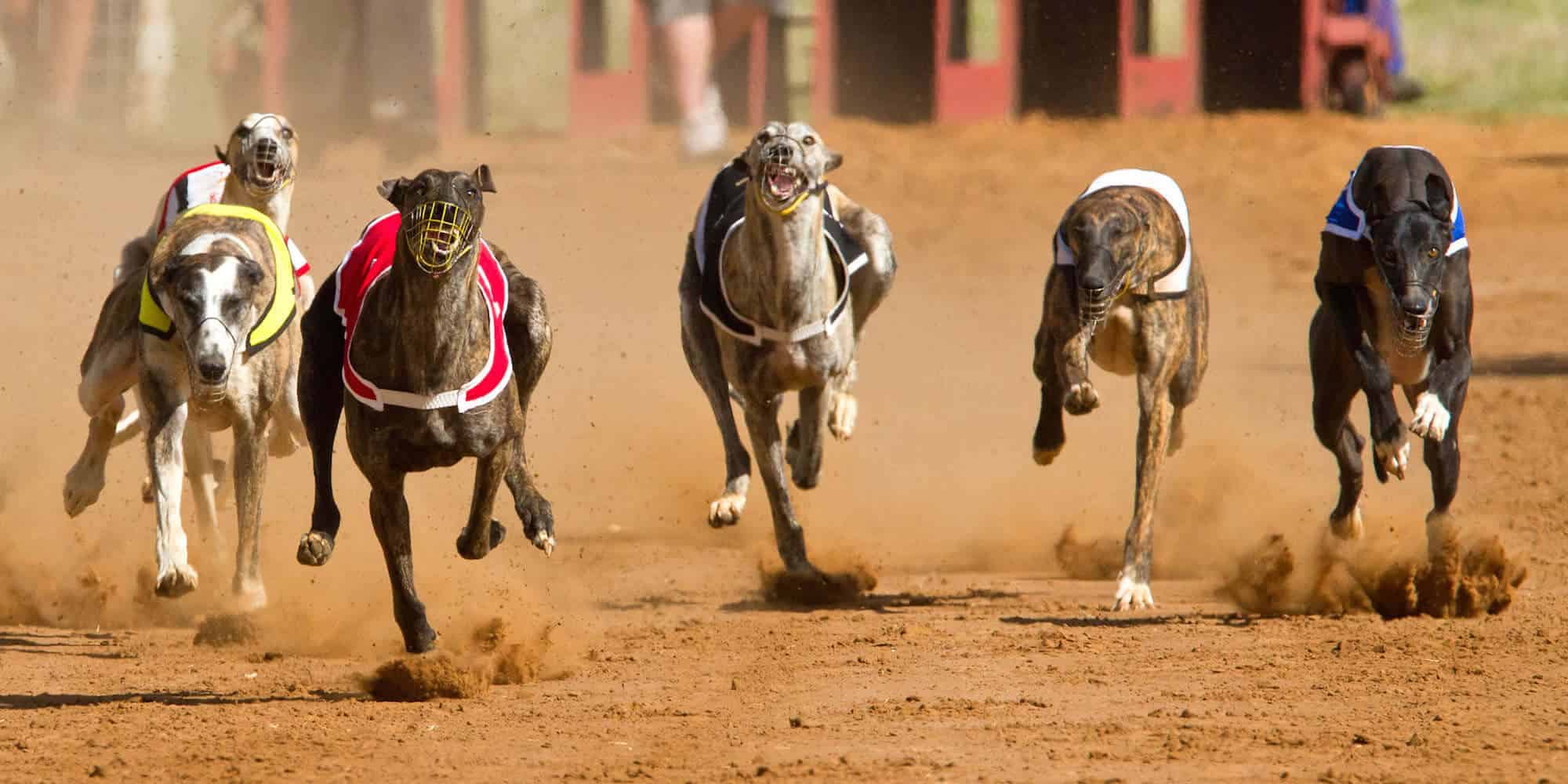Aintree Racecourse is a horse racing facility in the UK, mostly dedicated to steeplechase racing and hurdle racing. The racecourse is located in Aintree, the Metropolitan Borough of Sefton, in the Merseyside County of England.
The racecourse holds meetings in April, May, June, October, and November and is home to various steeplechase and hurdle races, the most prominent being the Grand National Steeplechase, a three-day event held in April every year.
Here is a brief account of the Aintree Racecourse’s history and its facilities.
Aintree Racecourse History
The history of horse racing in Liverpool can be traced to the Tudor Times. The first Aintree Racecourse was established in February 1829. Prior to that, Nicholas Blundell organised races at Crosby on sands in the 18th century.
In 1829, William Lynn, Waterloo Hotel’s owner on Ranelagh Street, acquired land from the Second Earl of Sefton for organising flat racing. The foundation for the Aintree racecourse was laid in February 1829, and the first race was held in July 1829. The first race was the Croxteth Stakes. The first hurdle race occurred in 1835, while the first steeplechase occurred in February 1836.
The steeplechase race gained popularity, particularly among the nobility and five aristocrats, including the Earl of Sefton, backed the organisation of a national-level steeplechase race at Liverpool. The four-mile race was called the Grand Liverpool Steeplechase and included 29 obstacles, a five feet stone wall and a palling, a hedge, and a six feet wide creek.
The race was officially named the Grand National Steeplechase in 1847. By that time, Edward William Topham had taken over the racecourse management as William Lynn was suffering from poor health and had taken a step back from his role at Aintree. During World War I, Aintree was taken over by the War Office, and races were held at alternative venues, including the Grand National, which was organised at Gatwick from 1916 to 1918 and returned to Aintree in 1919.
Races again halted during the Second World War as the venue was used as a storage depot. It opened in 1946 with the Grand National as the first race. William Topham purchased the racecourse from the Earl of Sefton in 1949. In 1973, the Topham family organised the last Grand National under their management at Aintree, and ownership was transferred to Bill Davies, a local property developer. The new management raised entry prices which caused a decline in attendance at the racecourse. In 1976, Ladbrokes took over the management of the racecourse, while Davies still owned it and tried to revive the racecourse.
In 1983, the Jockey Club acquired the Aintree racecourse from Bill Davies, and the venue underwent a major renovation. Over the years, the racecourse has undergone renovations on a consistent basis to maintain the quality of racing and overall facilities.
Aintree Racecourse Facilities
Aintree Racecourse effectively comprises three courses:
The first course is called the Grand National Course. The course is triangular-shaped and measures around 2.25 miles. It comprises 16 fences, a water jump, and three ditches. Its fences, particularly the Chair, Becher’s Brook, Canal Turn, and Foinavan, make it a challenging course.
In addition to the Grand National steeplechase, other races conducted on this course include the Topham Trophy Chase, the Grand Sefton Handicap Chase, the Becher Chase, and the Fox Hunters’ Chase, which is also a part of the Grand National Meet.
The second course is the Mildmay Course, named in honour of champion jockey Lord Anthony Mildmay. It was opened in 1953 and holds National Hunt events. The course measures 1.25 miles and originally featured eight fences, a water jump, and two open ditches. In 1990, the water jump was excluded from the course, and a cross fence replaced one of the basic fences.
The third course is the Hurdles course, which is Aintree’s oldest course. It measures 1.375 miles and has sharp bends. The course features six hurdles flight sets; three of these are in the home straight, and three are in the back straight. It was previously a flat course and hosted the final flat race of the racecourse in 1976 on the first day of the Grand National meet.
During the renovations in 1985, most racecourse facilities were demolished and rebuilt. All but the County Stand were built from scratch. The County Stand was also rebuilt in 1988. During the 1985 renovations, a temporary stand facility, the Aintree stand, was erected, which was replaced with a permanent one, named the Queen Mother, in 1991.
Major Races At Aintree Racecourse
The Aintree Racecourse features a myriad of steeplechase and hurdle races. The most prominent races include the Grand National, the Manifesto Novices Choice, the Betway Bowl, the Liverpool Hurdle, and the Aintree Hurdle, among others.
What is the Grand National Race?
The Grand National is a steeplechase race held at the Aintree Racecourse since 1839. The National Hunt horse race runs over a distance of almost 4.3 miles and features 30 fences in two laps. In 2022, the race had prize money of £1,000,000.





